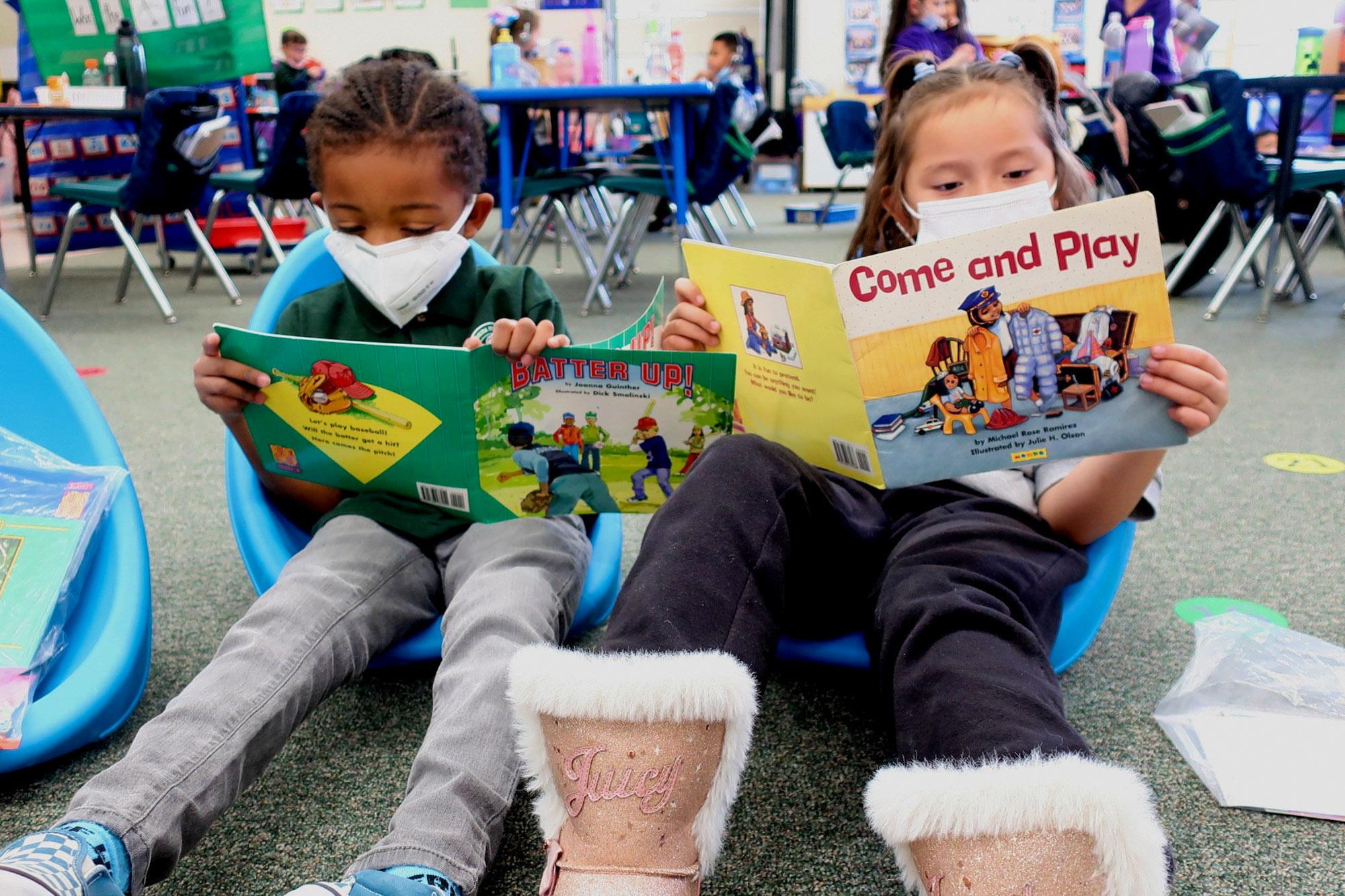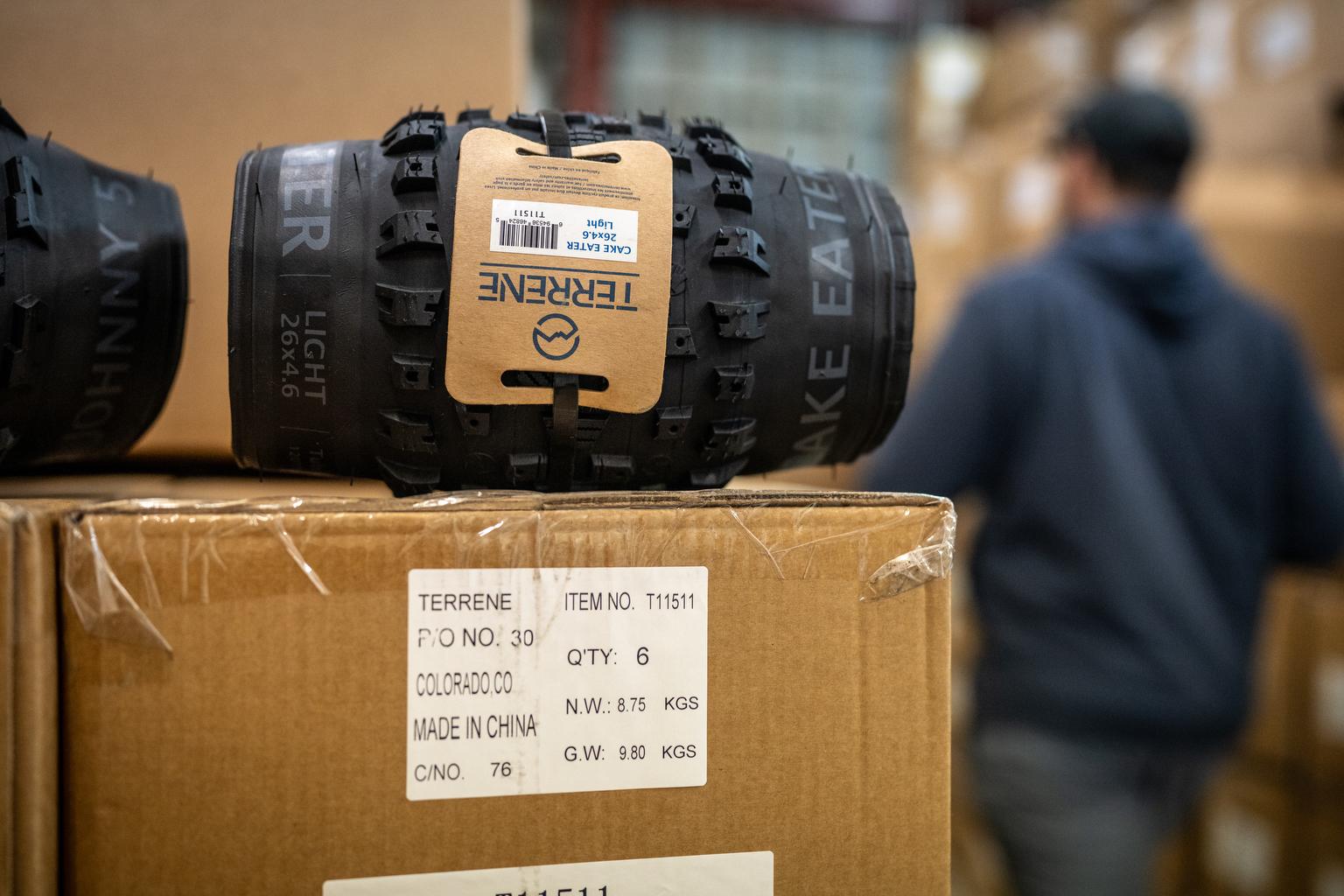
Colorado students who struggle with reading are getting better-trained teachers and higher-quality reading materials but it will be a while before many are reading on grade level, according to the latest evaluation of Colorado’s decade-old READ Act law.
It’s the third year of an independent evaluation of the 2012 law meant to identify struggling readers and give them the support they need to read on grade level by third grade. The law was amended in 2019 to add the mandatory third-party evaluation of the law’s implementation.
What were evaluators looking for?
Independent evaluator West Ed looked at three questions: Are schools implementing the law; has the READ Act led to fewer students identified with significant reading deficiencies, and are those students reading at grade level by third grade.
What they have found is that Colorado schools are following the law and there are fewer students with significant reading deficiencies but just a sliver are reading at grade level by third grade.
Fewer students have significant reading challenges
The evaluation showed that pandemic trends are starting to reverse, with fewer students identified as having a significant reading deficiency during the 2021-22 school year compared to the previous year. About 21 percent of students were identified, compared to 23 percent the previous year. Before the pandemic, it was about 16 percent of students.
By the end of the school year, nearly three times as many students were no longer identified as struggling compared to the previous year.
But those students are struggling to read on grade level
Just 4 percent of students with a significant reading deficiency read on grade level on the annual standardized state test (compared to 1 percent in 2014-15). For students without a reading deficiency, more than half scored on grade level.
Colorado State Board of Education board member Steve Durham questioned whether progress has been dramatic enough since the READ Act was implemented. He said the first five years saw no improvements. Since then, there’s been significant changes implemented.
“But so far …. I'm not seeing the kind of results that I really believed we would see and hoped we would see. And at some point in time, I think we have to reevaluate what we're doing.”
Evaluators responded that because teacher training mandates were just completed as well as adopting curricula grounded in the science of reading, improvements wouldn’t necessarily show up now in test scores. They said the READ Act targets reading growth over a year and building foundational reading skills.
Other state board members saw reason for hope. The report showed that students who had not been identified as struggling in 2021-2022 saw the highest proficiency ever in third grade. And for English language learners in that group, the number at or above grade level has gone from 25 percent in 2014 to 34 percent in 2021, and for students with special needs, they jumped from 18 to 34 percent on target. Those are massive increases in the world of education data.
“Students that have some skills coming into this, are benefiting from (the READ Act) statewide,” said board member Lisa Escárcega. She added that though identified students aren’t at grade level, they are showing growth in reading.
“We need to talk more about the success and what’s happening with the data beyond a single data point I don’t think is doing justice to the work that is being done.”
Meanwhile, less than 1 percent of students identified with a significant reading deficiency and who also were an English language learner or who had a disability met or exceeded expectations on the reading exam.
A requirement for 45 hours of evidenced based training in teaching reading was popular with teachers and principals
More than 13,000 early-grade teachers had completed training in instructing reading by the beginning of this school year. Nationwide, many teachers have reported their educator preparation left them ill-equipped to teach students with reading deficiencies.
Evaluators reported that Colorado teachers and principals called the training grounded in the five components for scientifically based reading instruction (phonological awareness, phonemic awareness, phonics, fluency, vocabulary and comprehension) as useful and “highly impactful.”
They said teachers reported that it changed their classroom practice and improved their ability to tailor instruction to individual students.
Curriculum and books are grounded in the science of reading
Colorado’s state-approved list of reading curricula is meeting READ Act requirements, said evaluators.
“That means that those materials are clearly providing excellent instruction in those five components of scientifically based reading instruction,” said evaluator Linda Friedrich.
It found, however, that CDE’s selection process includes criteria that are not appropriate for teaching reading skills in Spanish. It recommended the CDE convene an expert panel on that issue. Evaluators said there is confusion in classrooms about how to serve Spanish-speaking students and how to determine whether a student struggles with language or reading.
Teachers need more support, training and schools need more resources
Evaluators said there needs to be more attention on the gap between students who aren’t identified as having a significant reading deficiency but don’t score on grade level in third grade reading tests.
That’s a significant point for advocates for students with dyslexia, who see room for improvement. They contend that the state-approved reading screeners are missing many children who need intervention. Co-chair of COKID, Lindsay Drakos said the Boulder Valley School District piloted a dyslexia-specific screener.
“The approved READ Act assessment, iReady, missed 58 to 60 percent of the kids identified on the dyslexia screener,” she said.
In addition, she said that special education plans for reading and math disabilities peak in sixth grade, so many children are being missed.
West Ed also recommends that the Department of Education provide additional resources and strategies for teachers including ongoing coaching and additional training on how to teach students with special disabilities like dyslexia. More resources are needed for students with multiple challenges — a disability and a reading deficiency — evaluators said.
For schools that are showing improvements, they recommend ongoing visits from literacy consultants to sustain the improvements and combat staff turnover.









